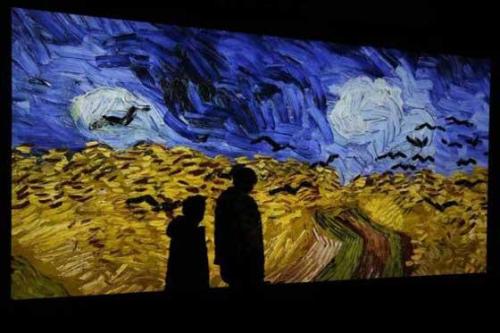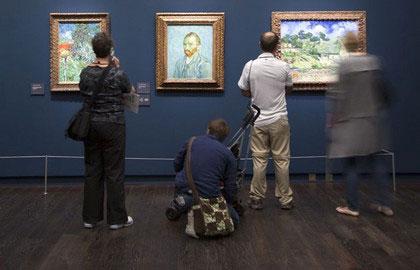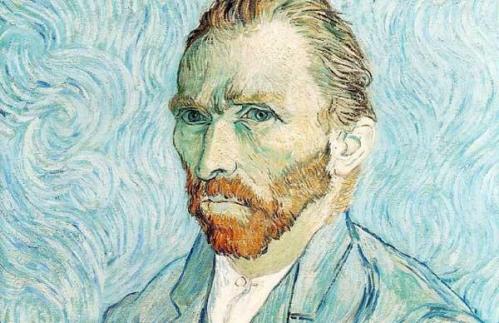Dutch painter Vincent Van Gogh’s suicide has stirred many controversial debates among researchers and historians. Among them is French playwright Antonin Artaud. A new exhibition featuring Van Gogh’s work seen through Artaud’s eyes has just opened at Paris’s Musee d’Orsay.
"The Man Driven to Suicide by Society", opening on Tuesday in Paris, is a fitting title for the collection of 55 works by Van Gogh unified under the gaze of Antonin Artaud, avant-garde theatre director and playwright.
Four of Van Gogh’s self-portraits stare back at the viewer not far from the entrance on the exhibition floor - with thick brushstrokes of blue and green under his piercing blue eyes and a proud expression, Van Gogh seems to challenge the visitor to decide whether it is he, or society, that is mad.

at Paris’s Musee d’Orsay.
"We have gathered an extraordinary number of Van Gogh’s works. 45 out of 55 are paintings, whereas most retrospectives on a particular subject collect around 30 of Van Gogh’s works. So it’s a landmark exhibition through the quality, the quantity of the works collected." Isabelle Cahn, Chief Curator, The Musee d’Orsay said.
The exhibition is also unique thanks to the new perspective shed on the works by Artaud.
Although born six years after Van Gogh’s death, Artaud, author of the influential theatre manifesto "The Theatre of Cruelty", felt a kinship for the red-haired painter, who shot himself in the stomach in 1890. He defended the artist in a 1947 book and placed the blame for his death on society.
"Artaud’s text is very interesting, since it goes against all received ideas on Van Gogh. Artaud argues that Van Gogh is not mad, he was pushed to suicidal despair by society which rejected his works. So that’s an astounding theory, since from that moment on he went on to accuse people, and society as a whole, of pushing Van Gogh to suicide." Isabelle Cahn said.
Van Gogh was tormented throughout his life by delusions and hospitalized in psychiatric asylums, and his torment is visible throughout the show. With the sinewy tree trunks and quivering vegetation in 1889’s "The Garden of the St. Paul Hospital", a raw nerve is visible through Van Gogh’s emotional canvases.

eyes has just opened at Paris’s Musee d’Orsay.

on the exhibition floor.